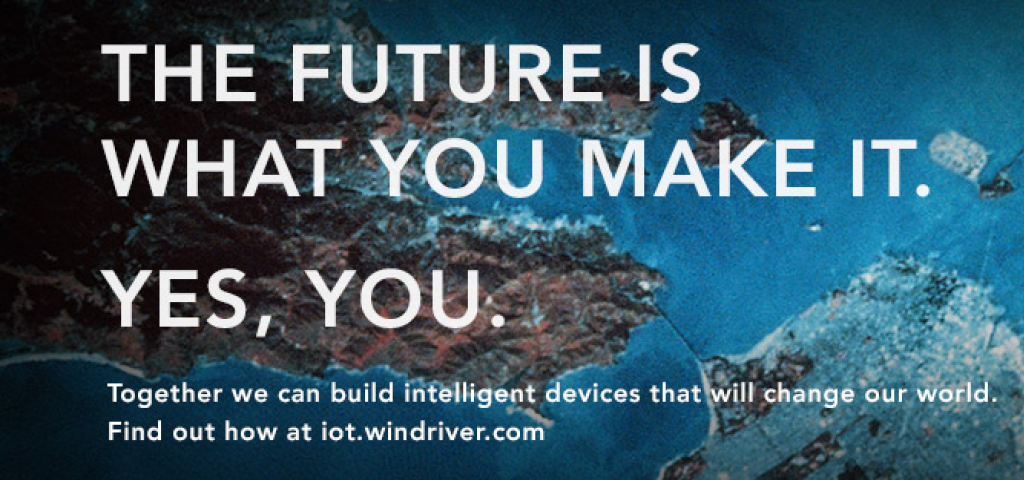
IoT in the Agile, Smart Business

In the last Gigaom Research blog post, the architectural models that are driving the Internet of Things was discussed. This post will cover the importance of IoT use cases fitting with the way technology is being adopted by today’s agile businesses. Enjoy!
No technology can be an end in itself: IoT use cases need to deliver tangible business value. Fortunately, given that IoT’s heritage comes from well-established foundations in industry, decision makers do not have to look too far for larger-scale examples of traditional remote monitoring and control:
- Equipment-oriented organizations such as manufacturers and utilities have capabilities in place to enable fault monitoring and diagnosis.
- Logistics and retail firms have been using location tracking of physical goods to support both supply chain and service needs.
- Physical security equipment such as alarm systems and CCTV cameras have long been dependent on remote monitoring.
- By its nature, information technology consists of smart devices from networking elements to desktop computers and smartphones.
As manufacturing costs fall, driven by both Moore’s law and the economics of supply and demand, the
market is expanding to accommodate a broader range of use cases that build on these examples to deliver on the principle of a more actively responsive sensory network driven by cloud-based analytics. Current examples include:
- Smart, secure buildings using a combination of connected thermostats and motion and room sensors
- Equipment sharing and theft protection of construction and plant equipment through the use of embedded or attached devices
- Smart city applications such as preemptive refuse collection, parking space allocation, and intelligent traffic routing
- Tracking people and animals across scenarios from patient monitoring and theme parks to agriculture and conservation
- Predictive maintenance, for example linking device sensors to parts-ordering systems to mitigate failure risk and reduce resolution times
Such use cases exist not only because they add value for businesses but also because they make economic sense for device manufacturers and suppliers. While some vendors remain focused on components, many are looking at how IoT enables new revenue streams by selling value-added services or monetizing the information generated. For example, one paint supplier is considering how IoT can reduce the overheads of commercial decorating companies through the more efficient delivery of wall paint. This requires not only passive tracking of existing resources but also predictive assessment of future demand.
As IoT accelerates into the mainstream, business decision makers may wonder how it can benefit their own organizations. Given that CFOs will not act unless they see a clear financial benefit from doing so, a given IoT use case needs to deliver tangible value in terms of either:
Increased efficiency. Reducing the costs of running the business (for example, a shorter time to resolve faults), creating better product quality, or wasting less.
Increased effectiveness. Achieving measurable financial benefit, for example increased productivity or sales.
Furthermore, in today’s fast-moving business environments, technology needs not only to support the business but also do so quickly. Business leaders are focused on agility — that is, the ability to react to changing circumstances. Organizations today are highly resource-constrained and faced with a variety of pressures, meaning that little room exists for large-scale, higher-risk infrastructure projects.
Such constraints have a direct impact on the kinds of IoT projects that businesses can undertake. While room still exists for larger projects, bespoke applications, and built-in smartness, a more acceptable approach is to integrate existing components, enabling solutions to be constructed within a tighter time frame.
We already see this approach driving cloud computing deployments and mobile app development, both of which have been catalyzed by the general economic downturn and a recognition that ad hoc deployment of new technology is not a guarantee of business success. From an IT perspective, the result is a thriving API economy with a cloud-based backend, creating new possibilities for application builders to mash up real-time event analysis and other services. IoT solutions can build on the same capabilities.
In summary, rather than seeing IoT as an isolated technology area, agile businesses can view it as building on the cloud and mobile models and approaches, enabling organizations to extend their reach and responsiveness to events. This provides the backdrop for how we can consider the architecture of IoT.
The next Gigaom post will discuss architecting the IoT infrastructure…stay tuned. And to learn more about how Wind River is addressing the opportunities and challenges created by the IoT visit our IoT microsite.

